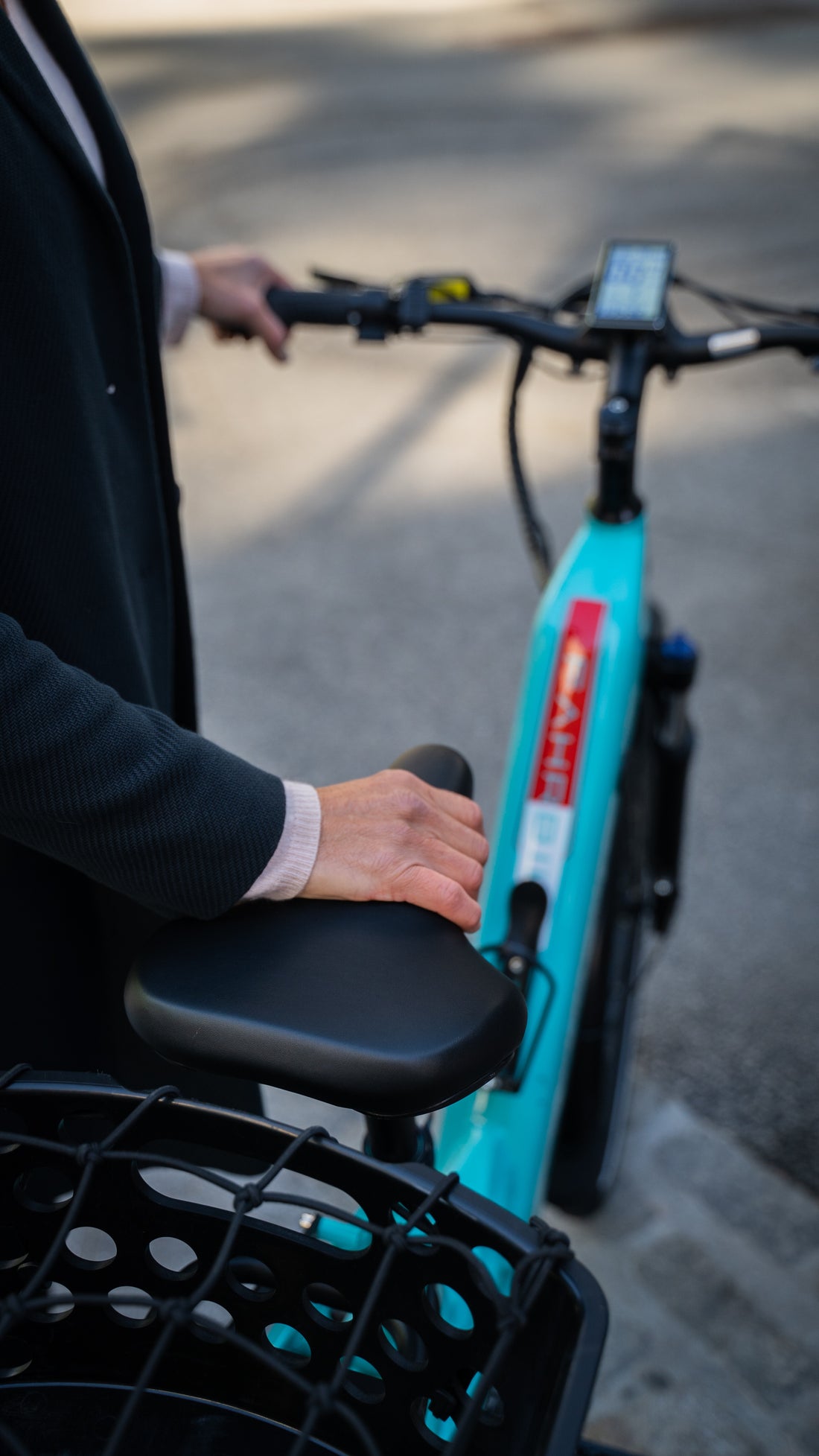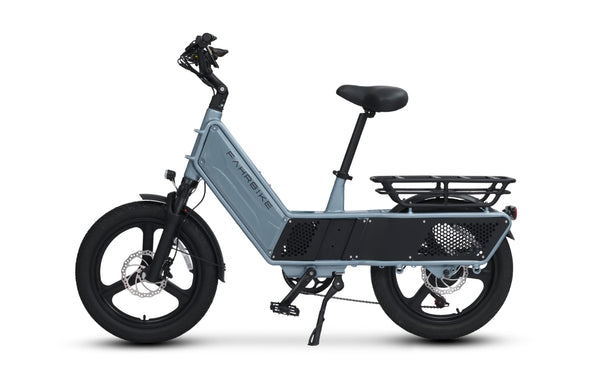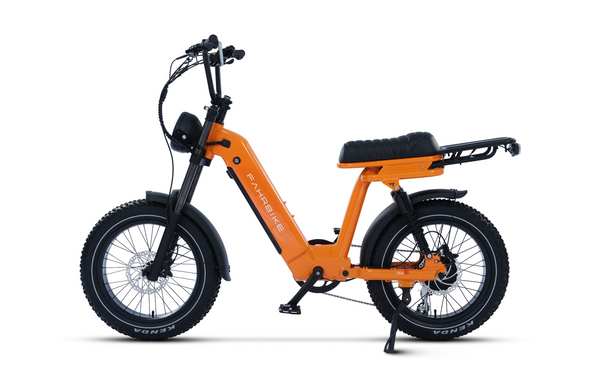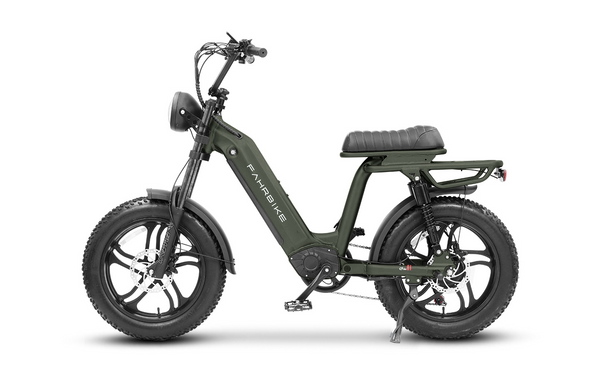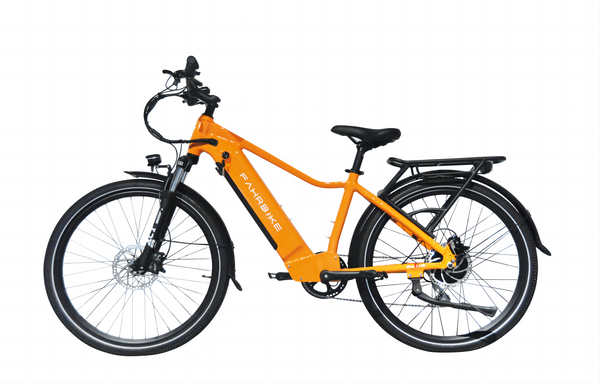Due to its features, electric bikes are gradually overtaking other types of bikes as the most popular. You should be aware of the classes that are permitted in your city before purchasing an ebike. These ebikes are frequently not regarded as motorcycles by the law. By being aware of this, you could avoid paying a fine and contribute to the safety of others as well as yourself.
Therefore, the laws and guidelines governing electric bikes differ from state to state. These regulations cover things like acceptable clothing and e-bike routes. Ebikes are divided into classes 1, 2, and 3 in the United States. Some states classify electric bikes according to a standardized manner. The ebikes are categorized based on the motor and speed levels. You need to be aware of the following in order to comprehend the three categories of electric bikes:
What Are E-Bike Classes, Exactly?
Ebikes are immensely diverse, and every nation categorizes them differently. These divisions assist in differentiating between various e-bike types and their capabilities. Contrary to popular opinion, e-bikes are not divided into groups according to their frame or size. Instead, the top speed of these various e-bike classes and the presence of throttles or pedal-assist are used to categorize them. The various e-bike categories must adhere to state legislation depending on the state or region you are riding in. As a result, it's essential to constantly be knowledgeable of local rules before riding.

Class 1 Ebike
Class 1 e-bikes are electric bicycles with a top speed of up to 20 mph, pedal assistance only, and no throttle. When you pedal, the pedal assist helps, and it quits when you reach 20 mph. If you don't want to use a throttle, these pedal-assist electric bicycles are a smart choice. You may adjust the settings on a class 1 electric bike according to your riding requirements, whether you need more power to glide home after a long day or a little boost to get through traffic.
In terms of adaptability and how their power is transmitted, class 1 e-bikes are comparable to non-motorized bicycles. Due of their slow speeds, these categories are least likely to be governed by laws. Different classifications of e-bikes are currently subject to regulations in around 26 states in the US. These regulations frequently place limitations on where you can ride an e-bike. Straight, paved roads, single-track mountain trails, and shared-use bike lanes are all suitable for Class 1 electric bicycles. The legal framework of each state affects these regulations; some, like Michigan, permit Class 1 e-bikes on all public roads and bike lanes. A class 1 electric bicycle is best for you if you typically ride it on public streets and highways.
Class 2 Ebikes
Even so, there are certain similarities between this ebike and class 1 e-bikes. Pedal assistance is available on class 2 e-bikes. However, the motor also allows you to ride your bike without having to peddle. The electric motor stops giving power to the e-bike once it reaches a speed of more than 20 mph. The term "low-speed throttle-assisted ebike" is sometimes used to describe the class 2 electric bike. This suggests that the motor will assist you if you pedal. Thus, the majority of Class 2 ebikes come equipped with throttles and electrically assisted pedalling. Users of these ebikes have access to throttles, which enable the engine to run without the need for pedalling.
Off-highway vehicle trails are thus one of the other surface terrain categories that the class 2 e-bike is appropriate for. If you need to get more accustomed to them, the majority of the trails are frequented by enthusiasts who ride dirt bikes, golf carts, jeeps, and all-terrain vehicles. Those who are unable to pedal due to injury or limited mobility should use this mode.
Class 2 e-bikes are also perfect for those who have broken limbs or are recovering from an injury. This could be a concern for rookie e-bike users because riding a class 2 e-bike feels similar to riding a motorcycle. Class 2 ebikes are also best suited for experienced riders. Moreover, riding a class 2 electric bicycle is legal without a licence or insurance.
Class 3 Ebikes
With pedal assistance, class 3 bicycle electric bikes may reach speeds of 28 mph, like the whole product line of Fahrbike. These e-bikes are the fastest and most potent of the three types, making them the heavy hitters of the e-bike industry. They don't have any throttles, just pedal assistance, and their engines can travel up to 28 mph before stopping.
Due of their speed, class 3 e-bikes are the most restricted e-bikes, which is their main negative. The speed of these bikes, however, has the potential to increase danger and cause serious accidents. Even though they are legal to ride without a licence, class 3 e-bikes can only be used on highways and other public roads. Class 3 ebikes can only be used on trails, paved surfaces, and standard bike lanes. Class 3 e-bikes frequently cannot be used on some roadways due to their speed.
At least in the majority of U.S. states with e-bike legislation, the potential for risk is enhanced significantly due to the higher speed. Class 3 ebike models are the best if you want an ebike that can be used for both commuting and adventure. If you use bike-only paths, you must be mindful of local laws. Since having dependable brakes, robust tyres, and a stable ride will be required for keeping you safe while riding, speed is an important factor to take into account when considering this category of e-bikes. This bike class is perfect for commuters who need to get to work quickly and for people who need to travel a long distance in a short period of time because it takes into account these issues. Class 3 electric bikes can be used in on-road bike lanes and on public roadways.
Class 3 e-bikes are designed for riders with more experience, just like class 2 e-bikes. An example of a Class 3 fat tyre electric bike that is appropriate for all terrain is the Fahrbike Terra.

Conclusion
Your riding preferences and style are the only criteria for selecting an ebike class. These classifications of electric bikes are frequently determined by their motor or speed. Wear your helmet and abide by all traffic regulations when riding your e-bike. You could choose a class 1 ebike if you wish to be able to employ a pedal assist. If you desire an electric bicycle with a removable battery, you could pick between class 2 and class 3 specifications. You now have more opportunity to use this versatile, fun, and environmentally responsible means of transportation because more bikeways are available in the state. Whatever decision you select, Fahrbike ebikes has you covered with the best bike categories available.

